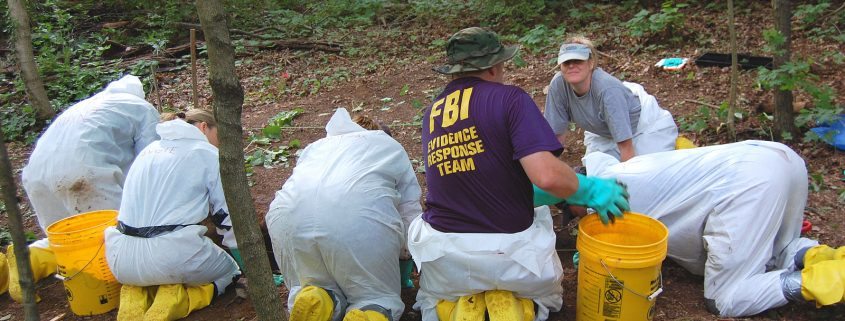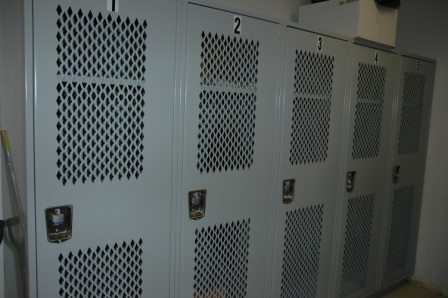Evidence Collection and Preservation
Paper evidence bags are best used for containing “wet” evidence, such as bed linens, pillows, rugs, and other items saturated with body fluids. Plastic bags act as mini incubators which allows bacteria to grow, and the presence of bacteria can alter or destroy DNA.
Large bags, such as the ones pictured above are perfect for bulky items.
Evidence bags are available in assorted sizes. They’re also available with pre-printed evidence labels for documenting the type of evidence inside, name of suspect and victim, date and time confiscated, confiscating officer, and chain of custody.
Plastic bags are ideal for preserving narcotics evidence, currency, jewelry, and other hard evidence. Many plastic evidence bags come with self-adhesive strips that are impossible to open without destroying the seal.
Plastic bags are also utilized in police booking areas, jails, and prisons to contain inmate personal property.
Manilla evidence envelopes are available with or without viewing windows.
Tyvek envelopes are water and tear resistant.
Check bags are sized perfectly to accept bank checks.
Ballistics bags are used for shell casings, bullets, and other ballistics evidence. The white strip is used for labeling.
Weapons boxes are used to preserve knives and guns.
Lined metal cans are used for collecting arson scene evidence.
Syringe tubes.
Adjustable evidence tubes expand to fit desired size.
* Thanks to Evident Crime Scene Products.
Evidence drying cabinets/lockers
* * *
Don’t forget To enter the new 200 word contest. The winner will receive a DVD of the entire first series of Crime 360! Details here.
(DVDs courtesy of A&E Television)






